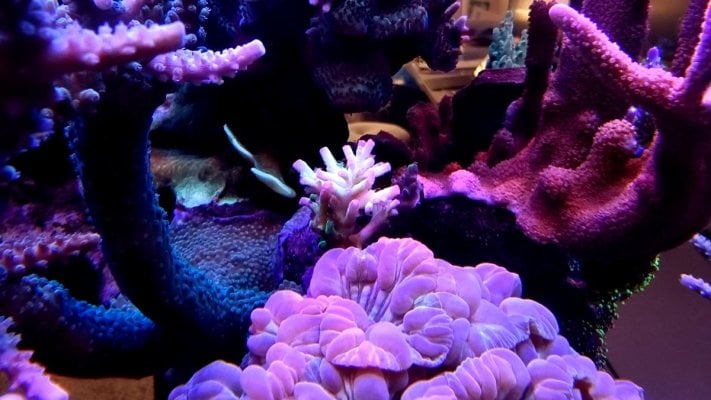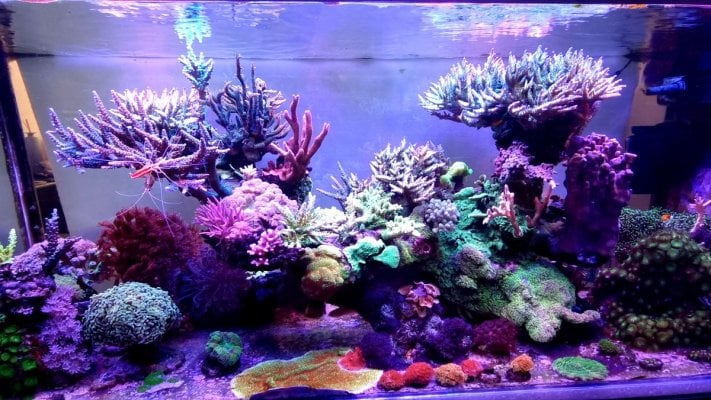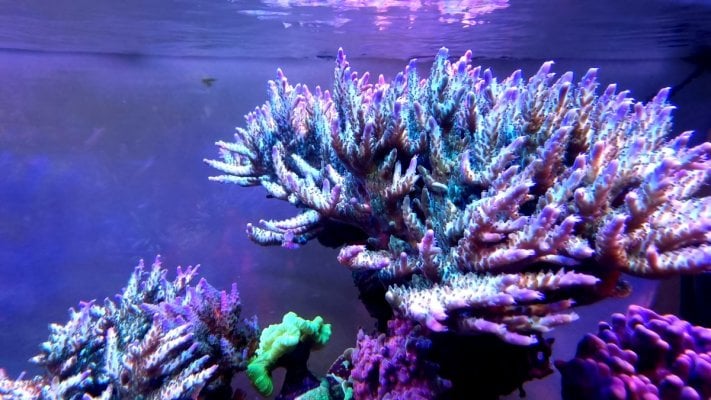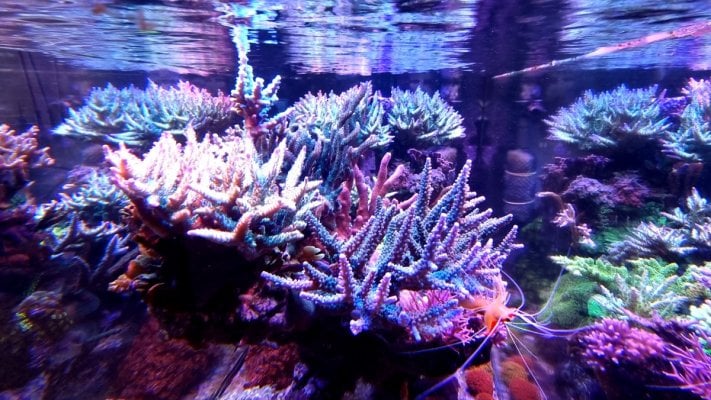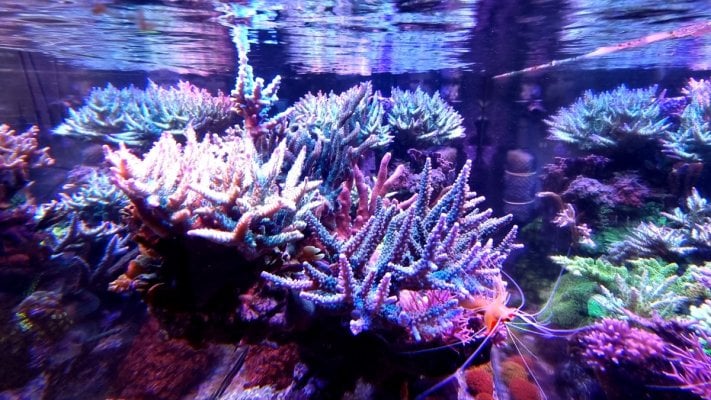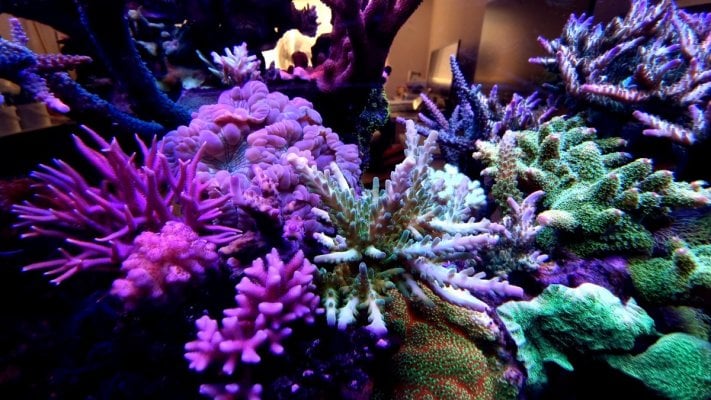People are to afraid of "pests" to use live rock these days.
It's also much cheaper these days to use dry rock. I remember when I started out in the 80's, actual live rock was the same price as dry is these days.
I used LifeRock because I didn't want to take from the wild, but I am learning that there are rock farms out there now without the environmental destruction.
Back in the day, I'd hear stories of guys going to a reef and Fiji and setting off explosives to get the rock to sell it.









